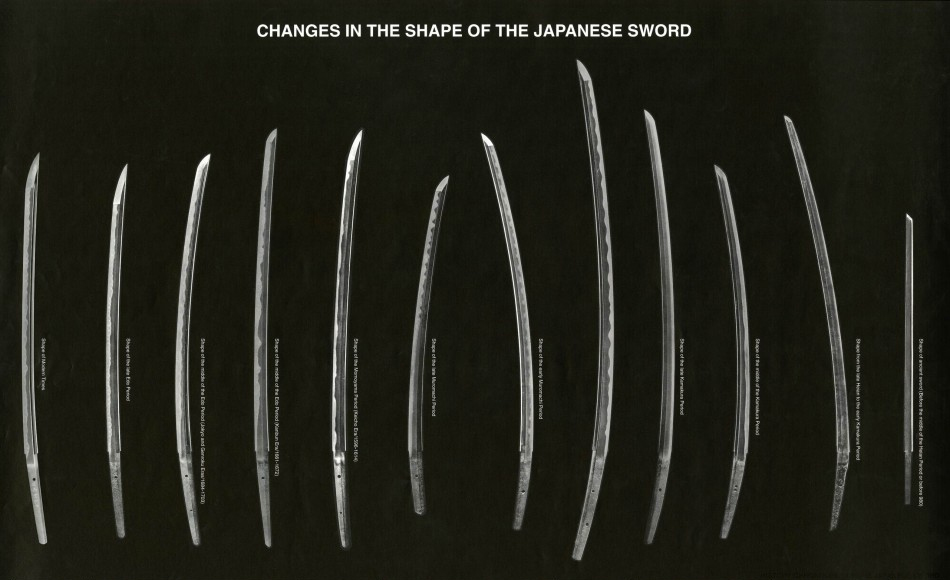How the shape and form of Japanese swords evolved


The katana is one of the most popular and recognized swords in the world. Regardless of your expertise in historical swords, you probably know that it has a curved blade. In feudal Japan, swordsmiths created various swords with curved blades to achieve more effective weapons. Swords with curved edges are easier to draw and have a better angle of attack than straight-edged swords.
However, the shape and form of Japanese swords has evolved throughout the nation's history.
Bronze Age
Appearing in the Bronze Age, some of Japan's first swords had geometric features similar to those produced in neighboring China and Korea. Swordsmiths of this era classified their swords as having one or two edges. A single-edged sword is called tō, and a double-edged sword is called ken.
The evolution of the single-edged sword
While Japanese swordsmiths created single- and double-edged swords, the latter eventually became the dominant and preferred style. Although a double-edged sword has two instead of one, it is not particularly effective. The swordsmith does not create and maintain only one advantage, but creates and maintains both. Of course, that means twice as much work.
Furthermore, this was the period when Japanese swordsmiths began experimenting with curved blades. A curved double-edged sword is more likely to break than a single-edged sword. These factors eventually led to the rule of the single-edged sword in feudal Japan.
Enter the Chokutō
Long knives later became a popular design for Japanese swords. It has a slightly curved single-edged blade designed for one-handed use. Typically, chokutō's handles are relatively small, measuring only a few inches. It also features a prominent sword shield on the front and sides to protect the user from self-harm.
Of course, chokutō is not a completely unique design. Like other Japanese swords of this era, it shares features and characteristics with Chinese swords, especially those of the Warring States and Han dynasties.
Katana
Around the Tang Dynasty, the long sword fell out of fashion and subsequently paved the way for the modern samurai sword. Like the chokutō, the katana has a curved, single-edged blade. However, it is a more prominent curve with a longer blade. For example, chokutō is designed for one-handed use, while katana swords are long enough to be used with one or two hands.
Today, the katana is still the geometric format of choice for making Japanese swords. Its curved, single-edged blade has become synonymous with quality swords.
Discover the many attractive options available for Katana swords and custom swords.
Want a unique sword? Feel free to contact us:
Phone: 086 13739276006
Email: [email protected]
Website: www.hanbonforge.com
Custom Sword Page: www.hanbonforge.com/CUSTOM-SWORDS/Custom-Your-Own-Swords

Leave a Comment